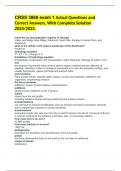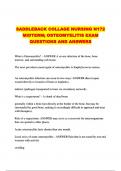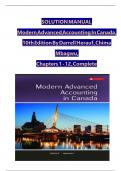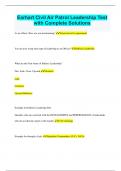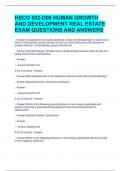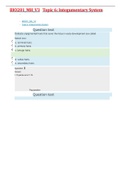Exam (elaborations)
CRSS 3060 exam 1 Actual Questions and Correct Answers, With Complete Solution 2024/2025.
- Course
- Institution
CRSS 3060 exam 1 Actual Questions and Correct Answers, With Complete Solution 2024/2025. name the six physiographic regions of Georgia Valley and Ridge, Blue Ridge, Piedmont, Sand Hills, Southern Coastal Plain, and Flatwoods what is the oldest, most mature landscape of the Southeast? Piedmont...
[Show more]
